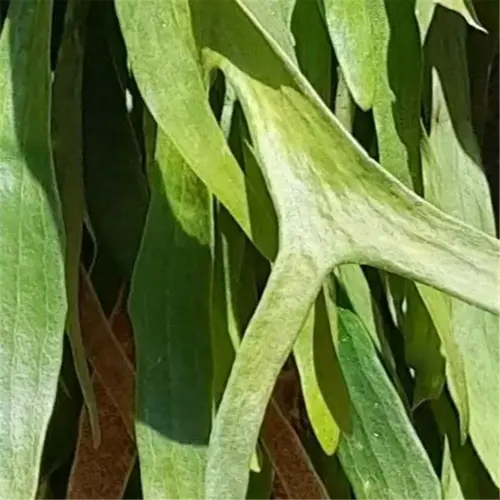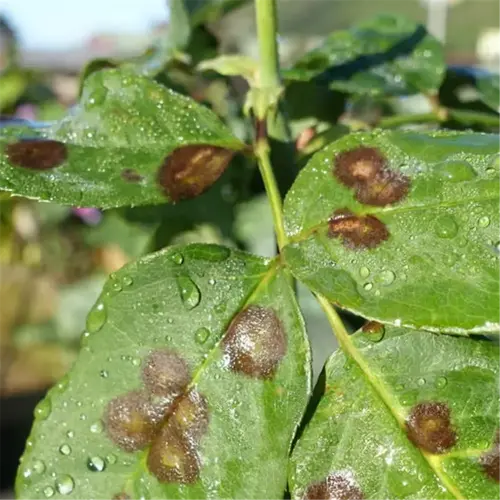What are signs of poor rose soil quality?

Written by
Liu Xiaohui
Reviewed by
Prof. Charles Hartman, Ph.D.Yellow foliage can be an indication of a lack of nutrients in the rose soil. A customer in Virginia was having trouble with chlorosis on rose bushes until we added some iron chelates. Plants that have stunted growth usually have compacted soil, which prevents finding hard layers of soil, which the roots can't penetrate.You can test soil under their plant canopies, by pushing a trowel into the soil. If you meet resistance, you need to aerate the soil as soon as possible.
Common Symptoms
- Yellow leaves: Iron or nitrogen deficiency
- Root rot: Foul odor, blackened roots
- Few blooms: Excess nitrogen from lawn runoff
Immediate Actions
- Test soil pH and nutrient levels
- Amend with 25% compost for drainage
- Apply balanced 10-10-10 fertilizer sparingly
Root rot occurs in poorly drained soil most frequently and will kill plants before you realize it. A gardener in Louisiana recently lost six bushes before she added 30% coarse sand to her mix of clay. Now her roses are draining properly. You can smell your soil to determine whether it is anaerobic/low oxygen. If the soil smells sour you will want to take swift action for saving your plants.
Prevention
- Test pH annually with a $15 kit
- Rotate planting sites every 3 years
- Mulch with 5cm hardwood chips
Amendments
- Gypsum for sodium-heavy clay
- Coconut coir for sandy soil
- Worm castings for microbial health
Excess nitrogen in lawn fertilizer typically robs you of blooms. I've observed spectacular leaf-out of roses without flowers after lawn treatment. Plant a buffer zone or convert to organic lawn care. Your roses will appreciate you with brilliant and long-lasting colors.
Read the full article: Best Soil for Roses: Expert Tips for Lush Blooms

